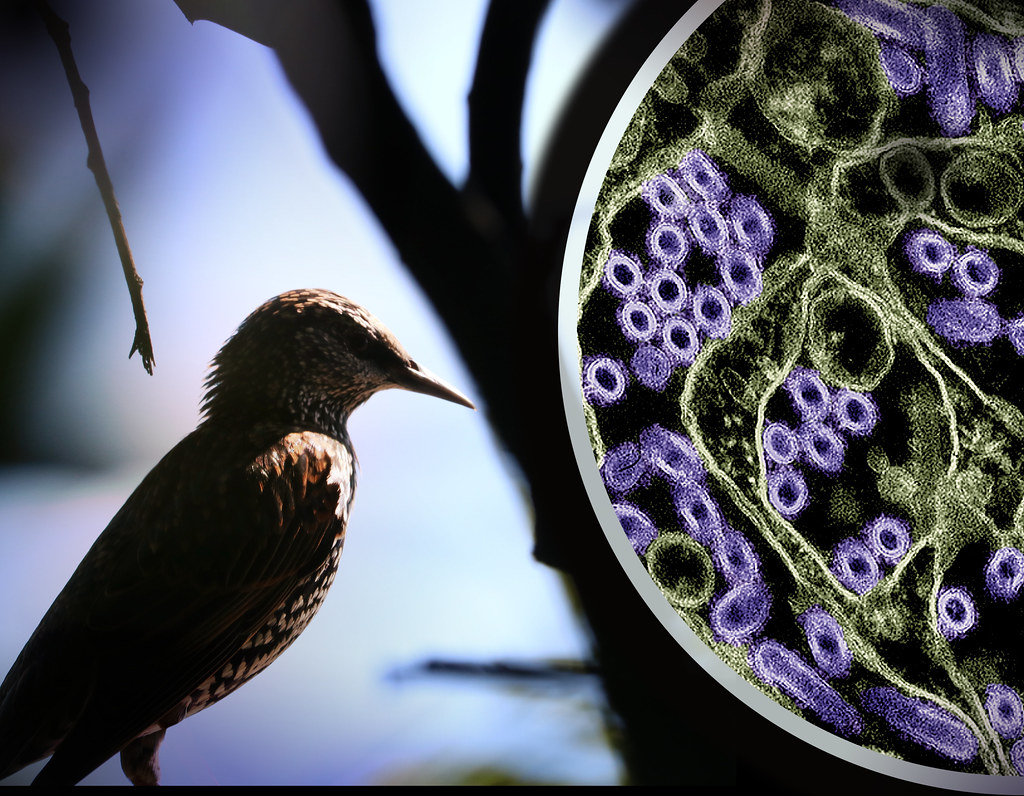What is Sports medicine, and why does it matter? Whether people know it or not, they will have a situation where sports medicine plays a pivotal role in helping it get resolved. In this article I am digging into every nook and cranny of sports medicine and what we can do to keep our bodies healthy and functioning at the highest level.
Sports medicine is a specialized branch of medicine that focuses on the prevention, diagnosis, treatment, and rehabilitation of injuries related to sports and physical activity. It encompasses a multidisciplinary approach, involving medical professionals, physiotherapists, nutritionists, and trainers to optimize the health and performance of athletes.
I know from my personal experience in the sports realm, and from taking the sports medicine course offered in high school that sports medicine is a lot more than just people getting hurt in sports which is the common conception which most people have. Rather, it starts before the athlete even gets injured. Prehab is an aspect of sports medicine that shouldn’t be undermined and is quite honestly vital in modern day sports. High school sports are no longer seasonal but instead year round. They require constant practice and commitment to play and succeed at the highest level. With the evolution of sports as it were, the time to explore other activities has dwindled and so has the time to prepare properly for the season. This lack of preparation is what leads to more injuries. So sports medicine isn’t simply just helping athletes come back from injuries, but stopping them before they happen as well.
As mentioned in my introduction, injury prevention is a huge part of sports medicine. It emphasizes proactive measures to prevent injuries through proper training techniques, equipment, and education. Injury prevention is an aspect of sports medicine that continues to become more and more focused on because as stated by Desiderius Erasmus “Prevention is better than cure”. Diagnosis and Treatment is another vital part within sports medicine. Medical professionals diagnose and treat various sports-related injuries, including sprains, strains, fractures, and concussions. Rehabilitation is the last step before returning to play. A crucial aspect involves the rehabilitation of athletes post-injury, ensuring a safe return to sport with optimal function and reduced risk of re-injury.
There are many types of injuries which each require different care depending on the severity along with the athlete. There are also many different classifications of injuries which include muscle strains and sprains, fractures, concussions, and tendonitis. Muscle strains and sprains include the overstretching or tearing of muscles or ligaments. Fractures encompass broken bones which often occur from impact/overuse. Concussions are very common especially within contact sports and they occur from traumatic impact to the brain. They require careful management and monitoring. The last type of injury I will focus on is tendonitis. This is the inflammation of tendons due to overuse or repetitive stress. This can also be very common in athletes, and often require rest and then icing as well.
Now, what can we do to improve our chances of staying healthy? Well, not only do we need to actually take preventative measures, we also need to be informed and knowledgeable on the subject. For starters, proper conditioning is a big part of staying healthy. But this isn’t just running a lot. It includes emphasizing strength, flexibility, and cardiovascular fitness to reduce injury risk. Education is another important part of health. Athletes, coaches, and parents should be educated on injury prevention strategies, recognizing early signs of injury, and the importance of rest. An ever-improving aspect is protective equipment. Whether it be helmets, padding, or footwear, protective gear is the meat and potatoes of staying safe on the court/rink/field. Ongoing research in sports medicine explores innovative treatment modalities, rehabilitation techniques, and performance enhancement strategies. Also with improving technological advancements, personalized care is getting better and better as well.
Sports medicine plays a pivotal role in maintaining the health and performance of athletes. Its multidisciplinary approach, encompassing prevention, diagnosis, treatment, and rehabilitation, ensures a comprehensive and tailored approach to each athlete’s needs. As the field continues to evolve, advancements in research and technology will further enhance the care provided to athletes worldwide.
















